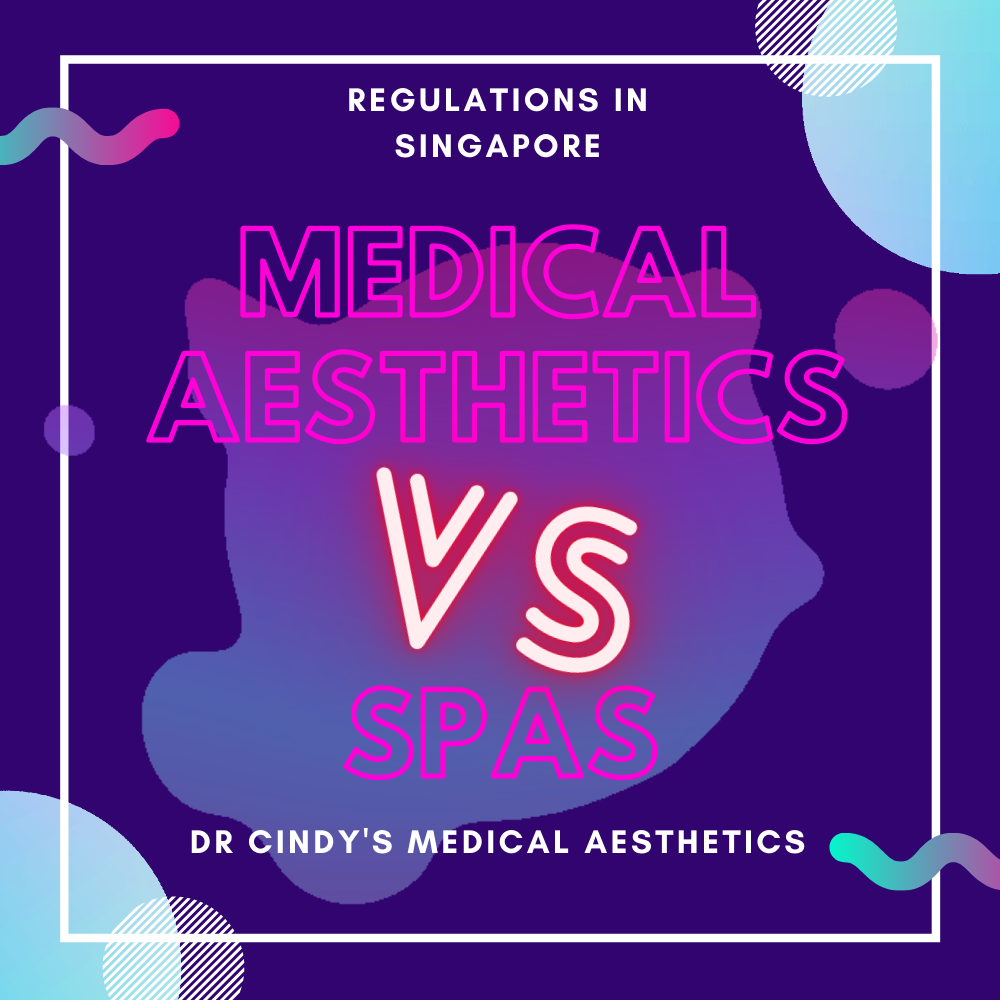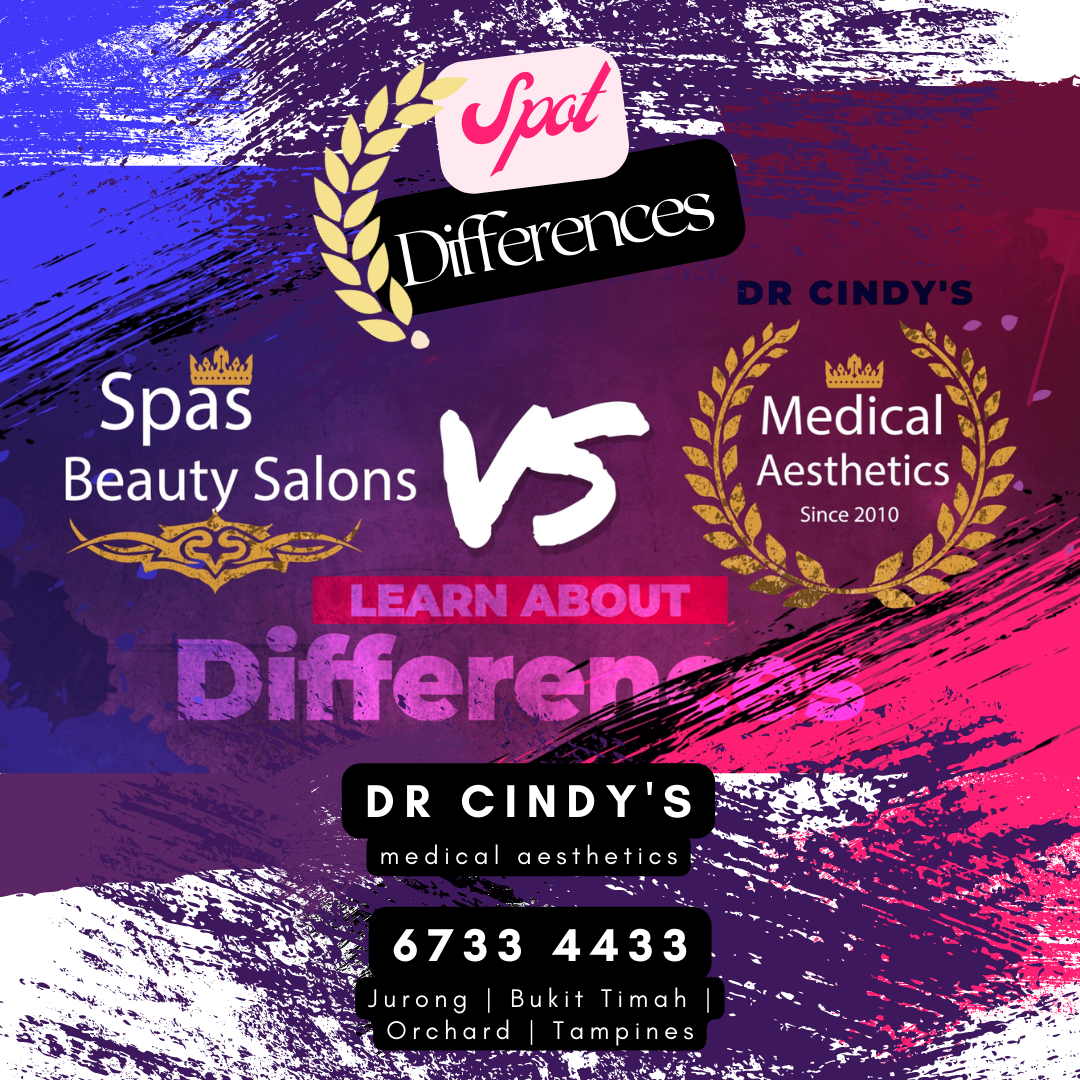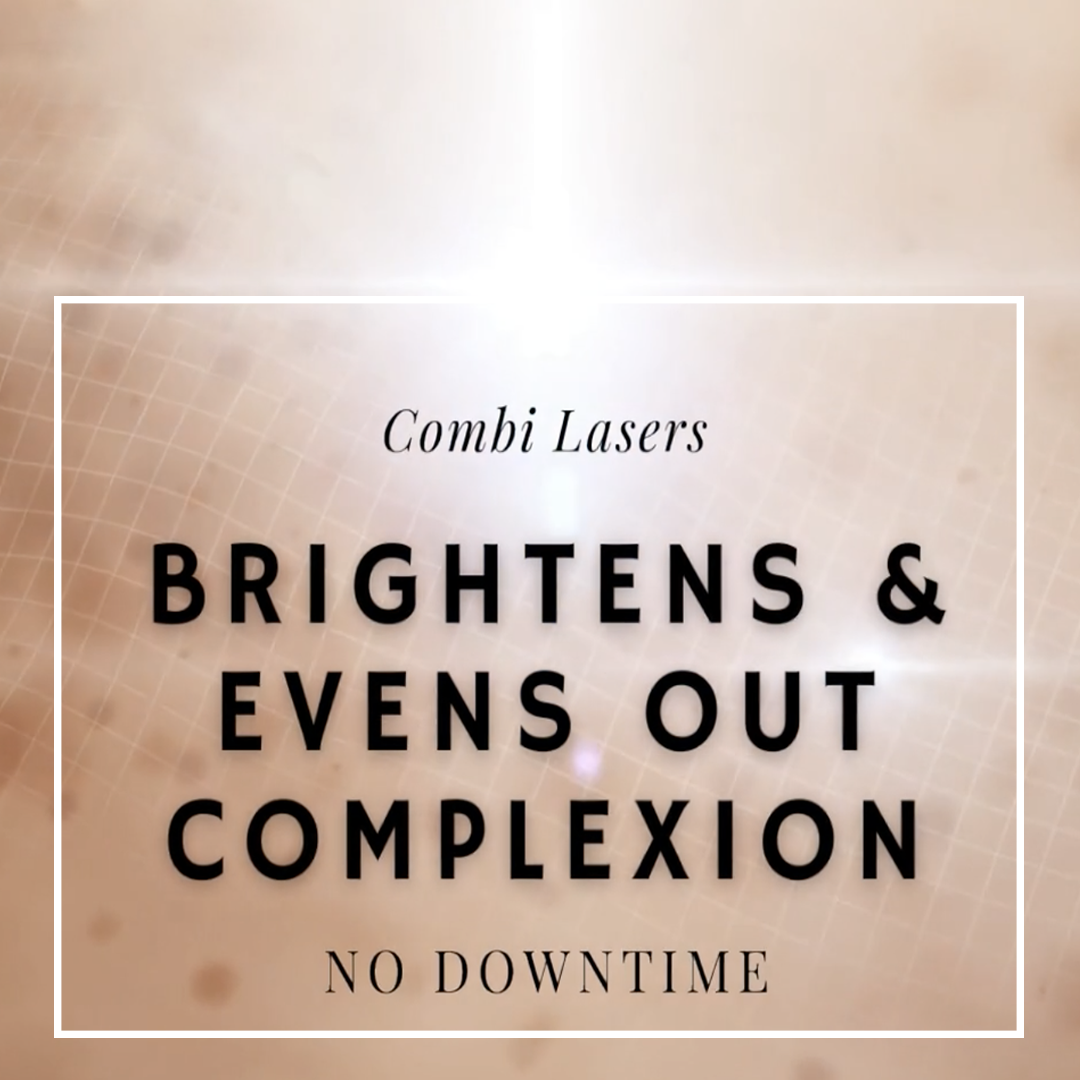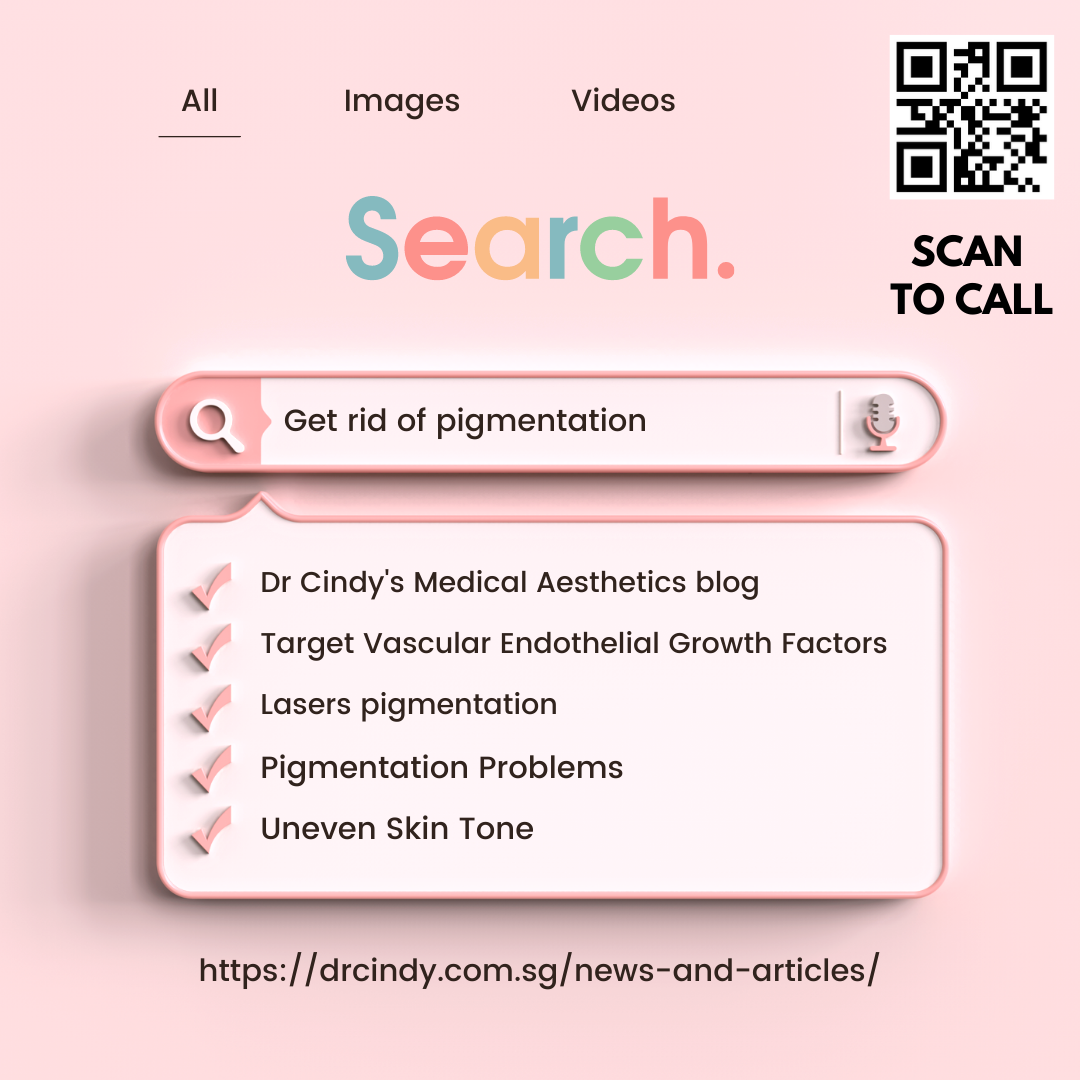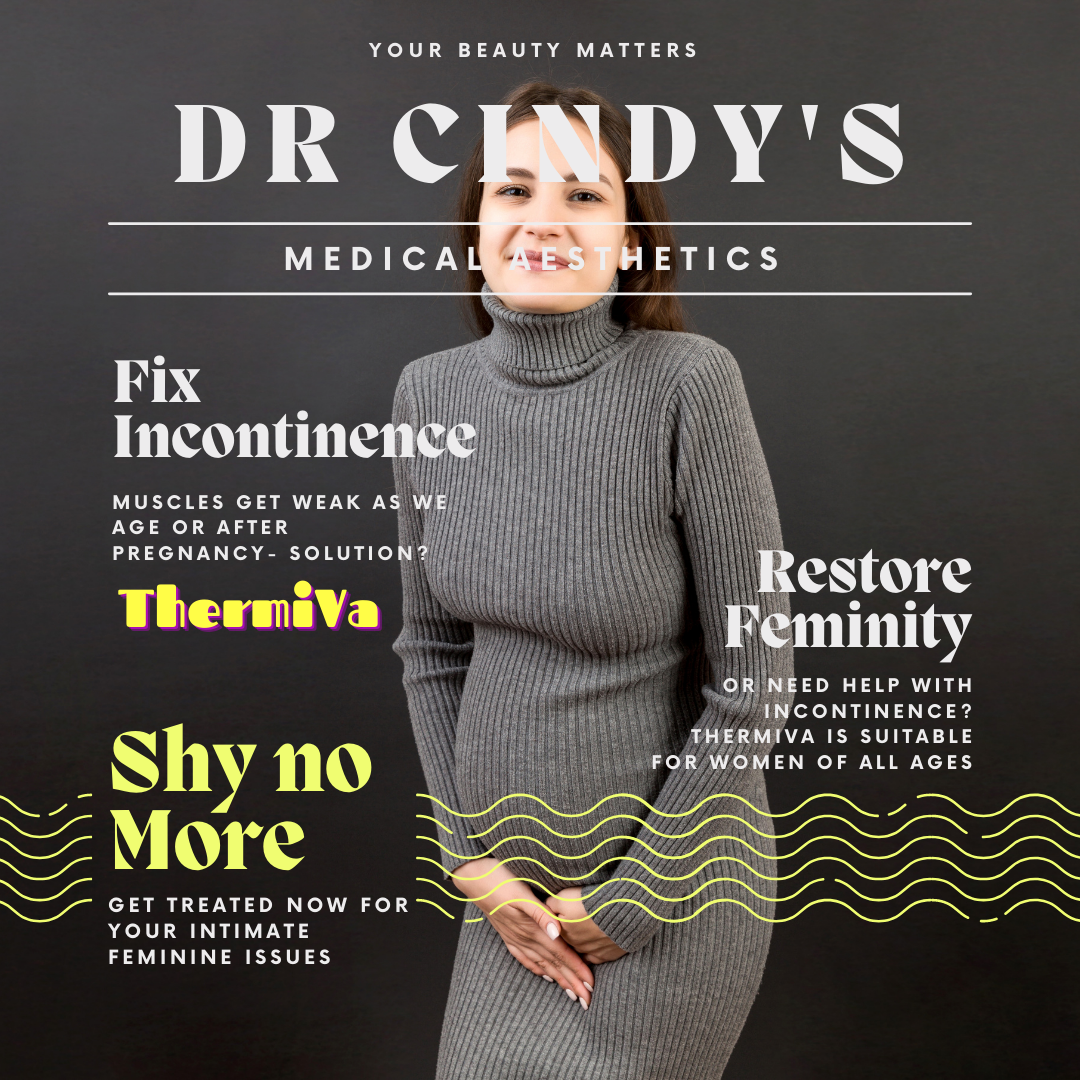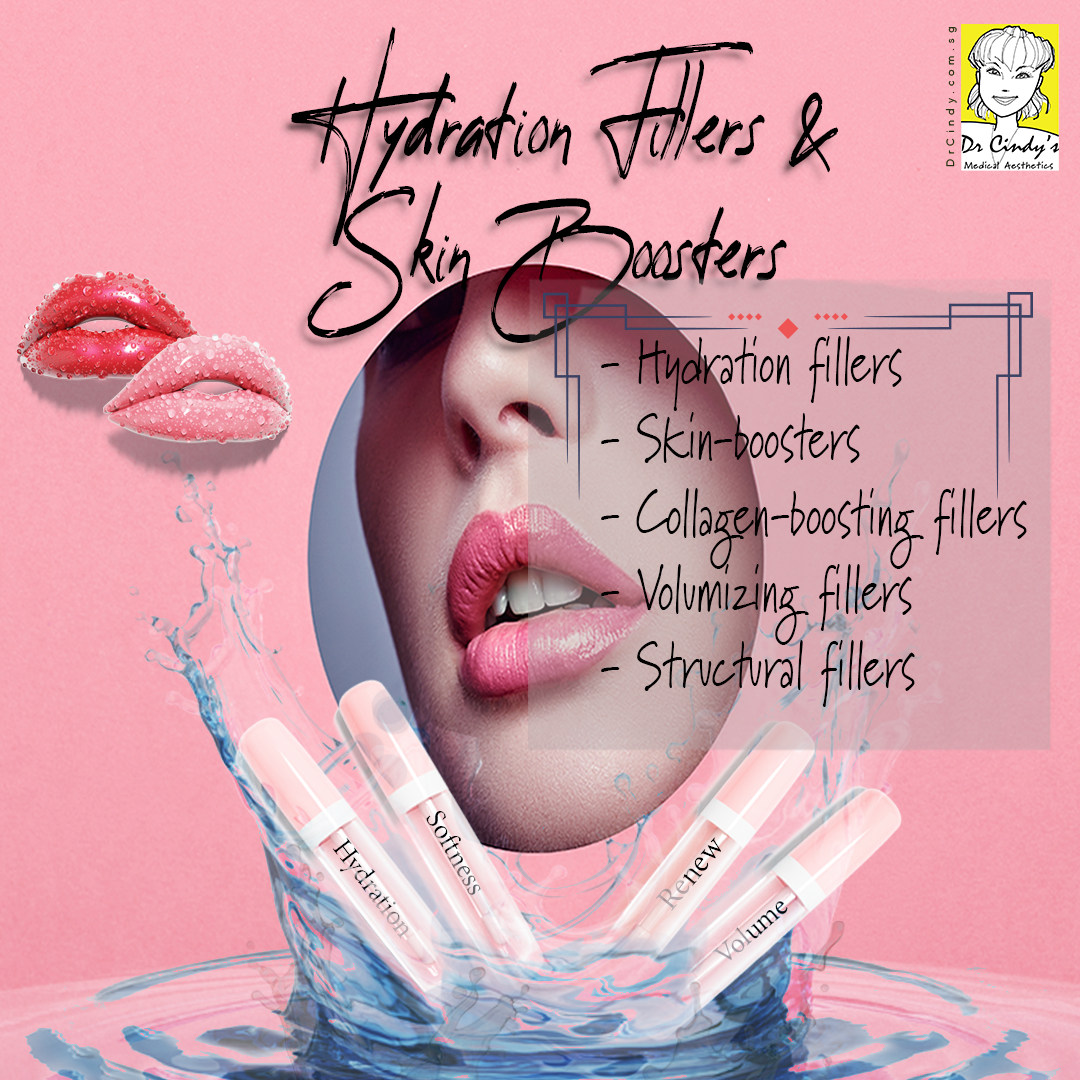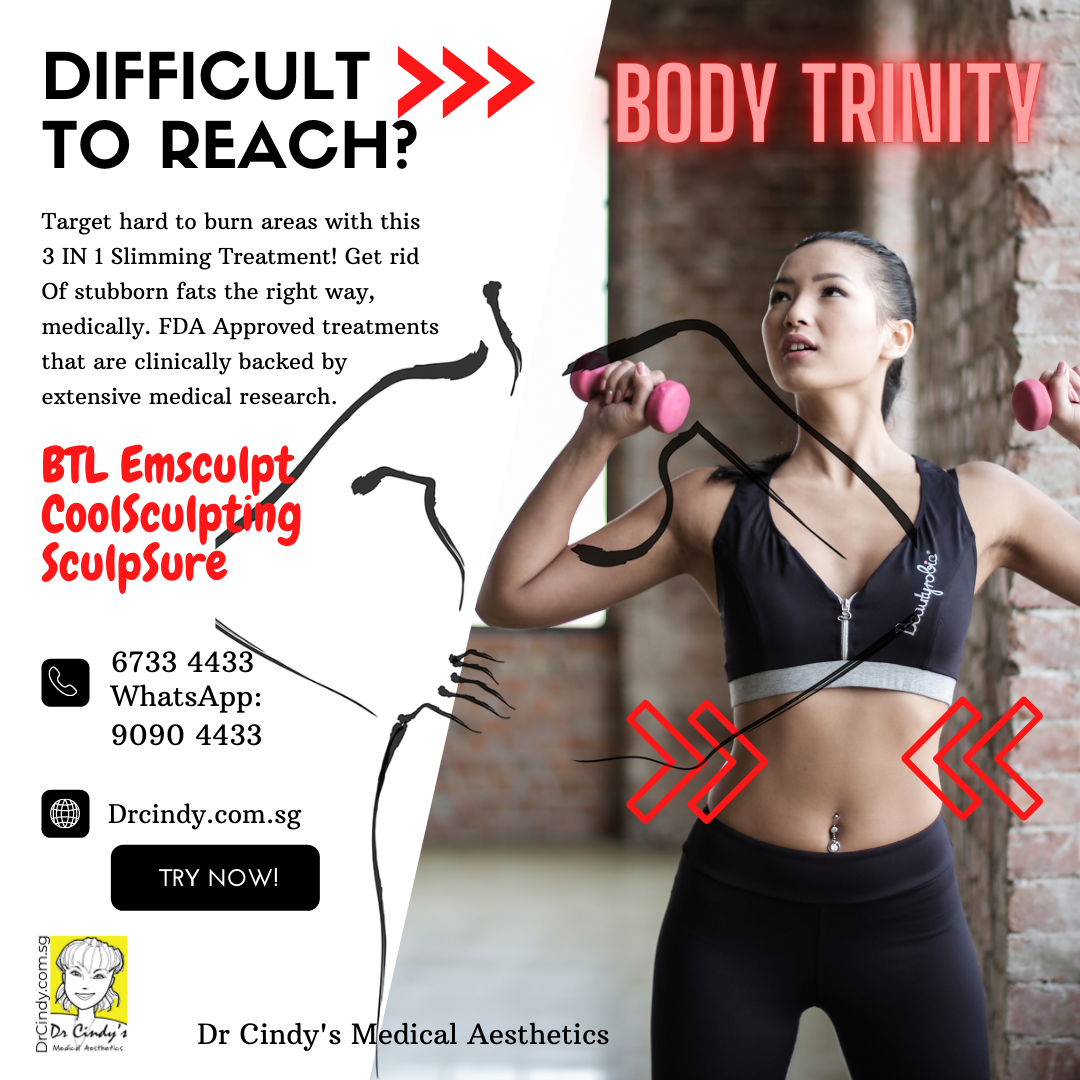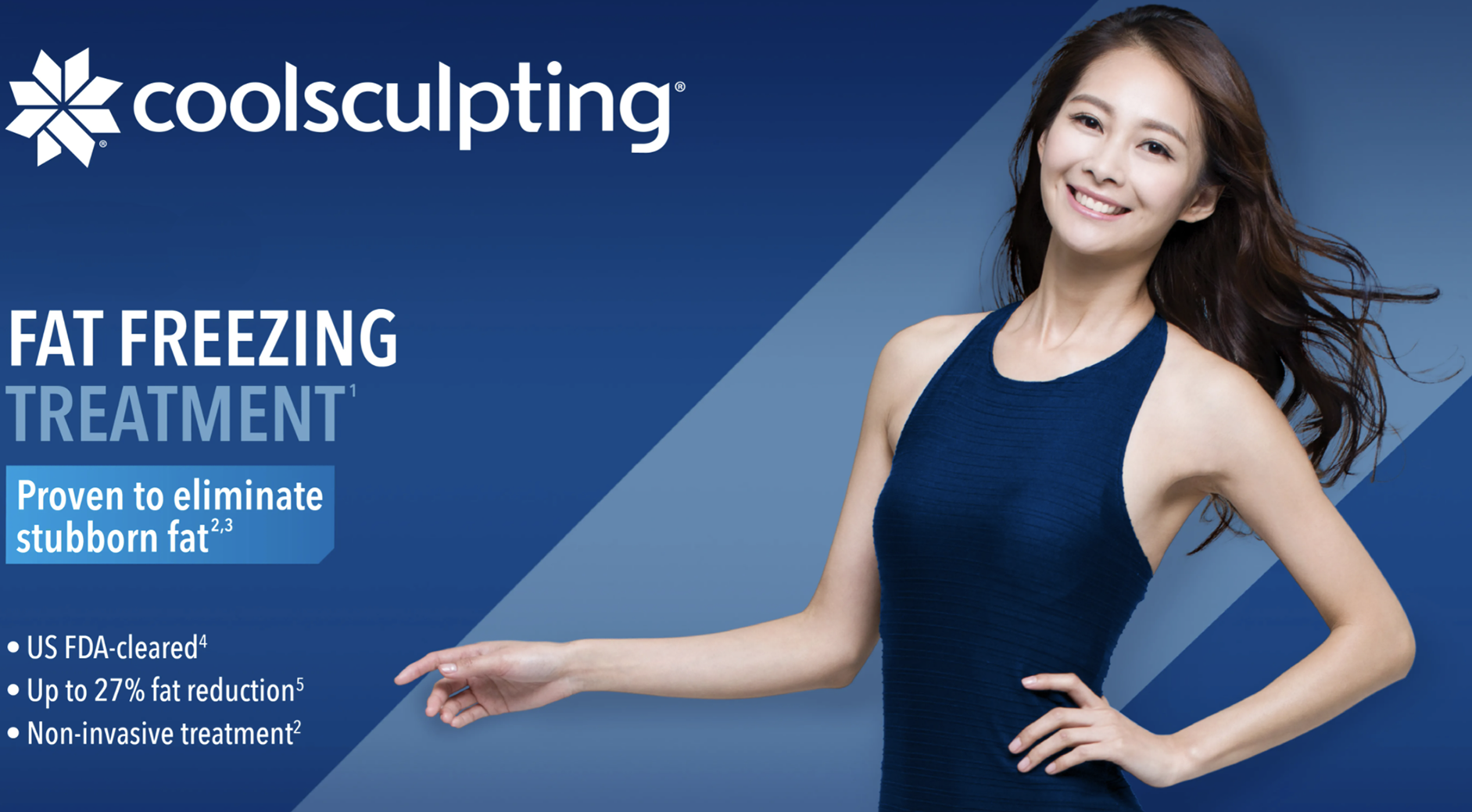Our Services
- Neuromodulators
- Medical Facial In Singapore
- Laser Rejuvenation
- Autologous Skin Microfrafting for Androgenetic Alopecia
- Clear & Smooth Laser
- Eye Thread Lift
- Fractional Resurfacing Laser
- Hydration Fillers/Skin-boosters
- Hyaluronic Acid Injections For The Face & Skin 逆時針
- Laser Hair Removal
- Fat Freezing Treatment (FDA Approved)
- The Dermalift
- Pigment Recovery Program
- Salmon DNA Injection 婴儿针
- Fractional Resurfacing Laser with no down time
- Laser Tattoo Removal
- Steroid Injection
- Laser Treatment For Acne & Acne Scars
- Dermal Fillers
- Skin Brightening Laser Treatment in Singapore
- Skin Tightening & Facelift Treatment In Singapore
- 安全无创超声刀Non-invasive Skin Tightening & Lifting Treatment
- TESLA Former
- Non surgical RF skin tightening
- ThermiVa
- Thread Lift
- Laser Removal of Skin Growths
- RF Microneedling Treatment – Skin Brightening
- Laser Body Contouring
- Non-Invasive Fat Reduction In Singapore
- Non surgical RF skin tightening
- Nose Thread Lift
- Facial Acne Treatment in Singapore
- Body Slimming Treatment Singapore: A Guide to Contouring Solutions
- Skin Hydration Treatments for Dull Skin
- Thermage FLX
Medical Facial In Singapore
*This treatment is performed by Singapore Medical Council (SMC) registered doctors.
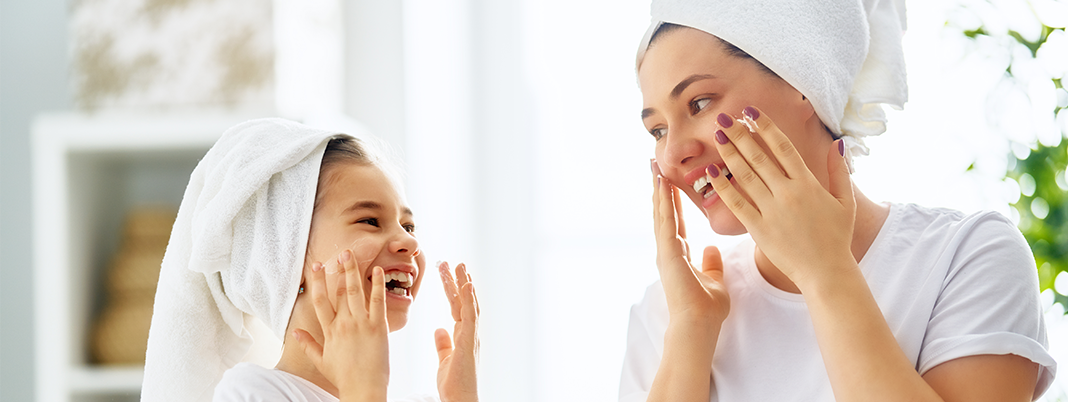
-
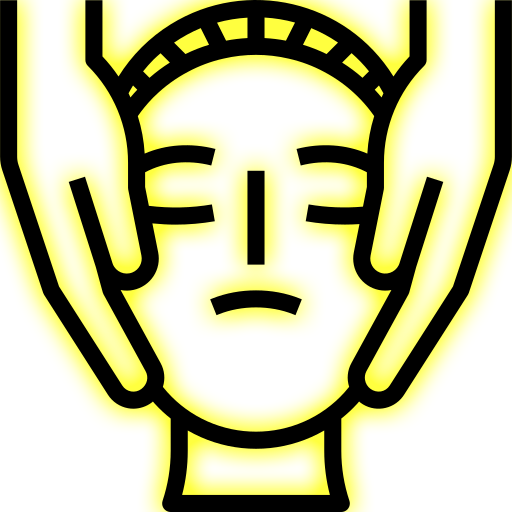
Procedure Type
Combination
-

Results
Brighter, clearer skin
-

Downtime
Ranges from minimal to mild redness
-

Where
Face, back
-
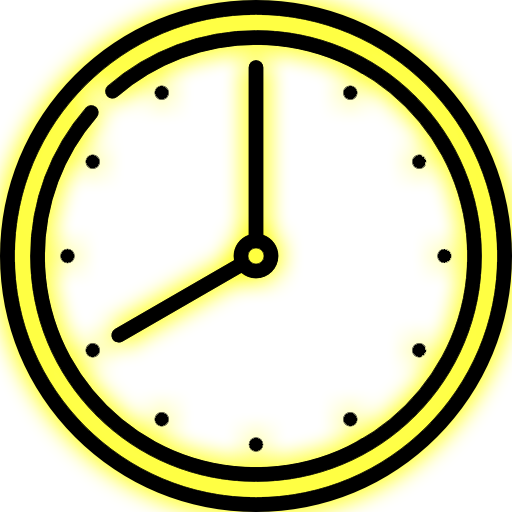
Procedure Time
90 minutes
What Is A Medical Facial?
A medical facial, also referred to as “medi facial” is a skincare regimen intended to target underlying concerns and support existing medical aesthetic treatments. While standard facials concentrate on surface-level cleansing and relaxation, medi facials go a step further by looking at deeper factors affecting the skin’s condition.
Read More
Medi facials are beneficial to individuals with acne and inflammation, but can also help with issues related to sensitive skin, inflammation, fine lines and wrinkles, hyperpigmentation, and uneven skin tone. While a medical facial should always be customised to suit your unique skin type and needs, here are some steps you can expect during a typical medi facial process:
- Consultation: A medically-qualified doctor or General Practitioner with special interest in aesthetics will conduct a one-on-one consultation to evaluate your skin’s condition and discuss your specific concerns. During the session, clients typically discuss their skincare concerns, medical history, and desired outcomes. The doctor will then recommend a personalised treatment plan based on their unique needs and goals.
- Thorough cleansing: The face is deep cleansed to remove any makeup, dirt, and oil. This primes and prepares the skin for subsequent stages.
- Exfoliation: The exfoliation methods used in a medical facial are suitable for acne-prone skin, and intended to unclog pores and help to reduce breakouts.
- Extraction: Manual pore extraction is performed if necessary to remove blackheads, whiteheads, and other impurities that may contribute to acne.
- Application of medical-grade products (If necessary): Medi facials may use specific products intended to combat acne through reducing inflammation, controlling excess oil production, and promoting clear and healthy skin tone and texture.
- Use of medical-grade machines (If necessary): In addition to targeted skincare products, medical-grade machines may be utilised to further enhance the medi facial process. These may have different aims, such as reducing inflammation, or stimulating collagen production for healing of acne-afflicted areas.
Individual results will vary, and it is key to follow the doctor’s recommendations for post-treatment maintenance and skincare to ensure optimal results. Additional follow-ups may be recommended to monitor results, or to optimise the subsequent treatment regimen.
You may see improvement in your skin within four to six sessions of our medical facial treatments, with pores becoming more refined over time. You can expect reduced acne production, improvement of post-acne spots and reduced redness.
However, please note that individual results may vary based on skin type, lifestyle, and other factors. As such, the number of sessions required for visible results will vary.
There is minimal downtime for our medical facials. Please note that this can differ across people with varied skin types and conditions.
It is commonly recommended to conduct monthly medical facial treatments to maintain the condition of your skin.
You may consider pairing a medical facial with the acne red mark laser, Lasemd fractional resurfacing laser, Rejuran Salmon DNA Injection 婴儿针 or RF microneedling treatments to further control acne and brighten skin complexion.
Medical Facial Treatment Price List In Singapore
Our pricing options for medical facial treatments are as follows:
- 10 Treatments: S$1,500
- 15 Treatments: S$1,988
- 25 Treatments: S$2,988
- One ala carte treatment: S$480
Blogs & News Articles
Latest Stories
Frequently Asked Questions About Medical Facial
Yes, a medical facial is suitable for sensitive skin and can be customised to suit an individual’s unique skin type and needs. Medi facials for sensitive skin can help with improving skin hydration to lessen irritation, reducing redness and inflammation, and assisting in recovery and protection from sun or UV damage.
However, it’s crucial to consult with a medical doctor beforehand to assess your individual suitability, or to address potential causes for sudden onset sensitive skin. A qualified doctor will be able to assess your symptoms and subsequently recommend a treatment plan using hypoallergenic and non-comedogenic products if necessary. Additionally, always disclose your skin history and any allergies or sensitivities prior to the facial treatment to ensure the proper ingredients and treatment options can be utilised.
Generally, medical facials are suitable for individuals with acne, including teenagers and adults. It’s essential to consult your doctor ahead of time for an accurate assessment of suitability for medi facials based on age, skin type, and medical history.
Yes, pre-treatment instructions for medical facials include avoiding direct sun exposure and tanning beds for at least a week prior to your appointment. It is also crucial to keep your skin well-hydrated and steer clear of aggressive skin exfoliation techniques like scrubs or at-home peels. The medical doctor performing the treatment may also provide personalised guidelines tailored to your skin’s specific needs.
The frequency of medical facials depends on the individual as it takes into account factors such as your skin type, specific concerns, and the treatment plan outlined. For general skin maintenance, your doctor may suggest a monthly session. However, if you’re dealing with particular skin issues, more frequent treatments may be proposed initially to work towards improving your skin condition.
Yes, medical facials may be combined with other aesthetic procedures such as chemical peels, laser treatments, or microneedling radiofrequency to better address specific skin concerns. It is imperative to consult a medical doctor ahead of time to ascertain your suitability for these treatments. They can accurately assess your skin’s condition, needs, and tolerance levels to ensure a safe and effective combined treatment, thereby minimising the risk of complications.
It is generally advised to avoid applying makeup immediately after a medical facial to minimise any potential adverse reactions, as well as to allow your skin to recover from potential redness or irritation. Wearing makeup right away may clog pores, hinder the absorption of beneficial ingredients, and may cause irritation. Most healthcare professionals will advise waiting at least 24 hours before using any makeup products.
Some gentler types of medi facials, like hydrating or anti-ageing rejuvenation facials, may be less likely to irritate the skin. In these cases, individuals may be able to wear makeup within 24 hours from the treatment if no signs of irritation or redness are present. However, you should always use gentle, non-comedogenic products, and avoid harsh or exfoliating products until your skin is fully recovered from the medi facial. Any makeup applied should also be thoroughly removed prior to bedtime.

